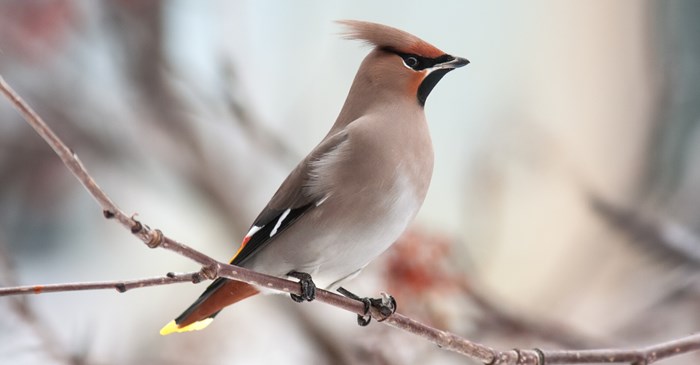One thing we associate with fall is a mass exodus of birds. Some fly a short distance — say, down the mountain and into the foothills, others log a few hundred miles. Around 350 species of North American birds are what you’d call long-distance migratory birds — birds that put in a 1,000-mile-or-so journey after the breeding season. Here’s a look at why some of these long-distance migrators fly south.
Why do birds migrate?
One driver of fall migration in birds is seasonal changes in food sources. As temperatures turn colder, insects disappear, and plants die back. While some birds are year-round residents even in very cold climates, others fly to where they can depend on steady food supplies. But food is just a partial explanation.
Each year, many colorful and beloved backyard birds like the Purple Martin, Rose-breasted Grosbeak, Scarlet Tanager and many species of hummingbirds make the trek to Central America and in some cases, South America. Researchers have come up with an interesting theory on why these birds make such a long trip. We tend to think of these birds as migrating south for the winter. But they might really be migrating north for the summer. These songbirds may have evolved to head north to raise their young because, according to researchers, there were key advantages that made the long trip worthwhile.
Going north means more daylight, and more daylight lets the birds raise more chicks. These birds can raise an average of four to six per brood in the northern home. Meanwhile, bird species that stayed home raised two to three chicks.
While some are leaving, others are arriving
When talking about migration, we don’t often realize that there are plenty of birds arriving, even in the colder northern states. The Common Redpoll, Bohemian Waxwing, Pine Siskin and Dark-eyed Junco are examples of birds that fly in from Canada. What they do is travel until they reach dependable food supplies. That means some years they may travel great distances, but other years, better food supplies may keep them closer to home.
Whether the birds in your neighborhood are arriving, leaving or just passing through, fall is a wonderful time of year to keep the feeders filled. Lyric Supreme Mix features a mix of sunflower seeds, tree nut pieces and other high-quality ingredients to attract a wide assortment of birds.
